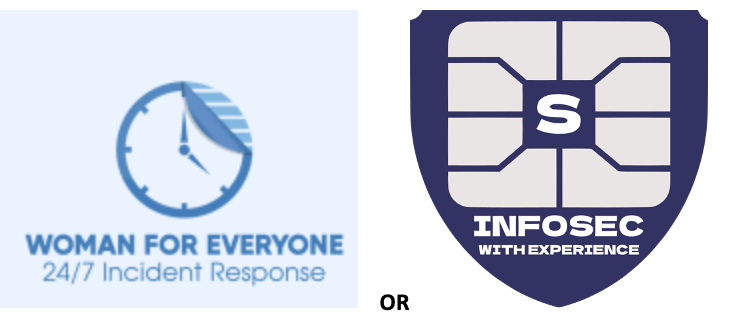No-Bull How to Become IT Information Security Consultant
Ok boys and girlz, this post, not going to be strictly technical, rather for all of you asking me “what it takes”
How to Become IT Information Security Consultant
In: Information Security Consultant, IT Consultancy, Information ConsultingOk Boys and Girlz, this post, not going to be strictly technical, rather for all of you asking me “what it takes”, “how to start” and so on towards establishing yourself as truly Independent Information Security Consultant / Auditor. Spoiler alert – it’s going to be a long one. But you asked for, right?
I got a lot of these questions on recent IEEE meetup made me decide to write a few so I can cold blooded point you to a post rather risking to forgot something. (Joke of course, these who know me also know I am happy to speak and share experiences till I makes you sleep). To start with a trivia of our consulting company, we had to pick some branding. Internally it was and still is a common joke “Woman for everyone”. Due to lack of sense of humor within IPO office, we had to change that into Infosec with Experience®™

- …where enabled = “Yes” and username = ‘joe’ and company = “somecompany” some other times,
- …where company = “somecompany” and username = “joe” and enabled = “Yes”


Join the talk
Share your toughts on the subject or whatever you would like to know.